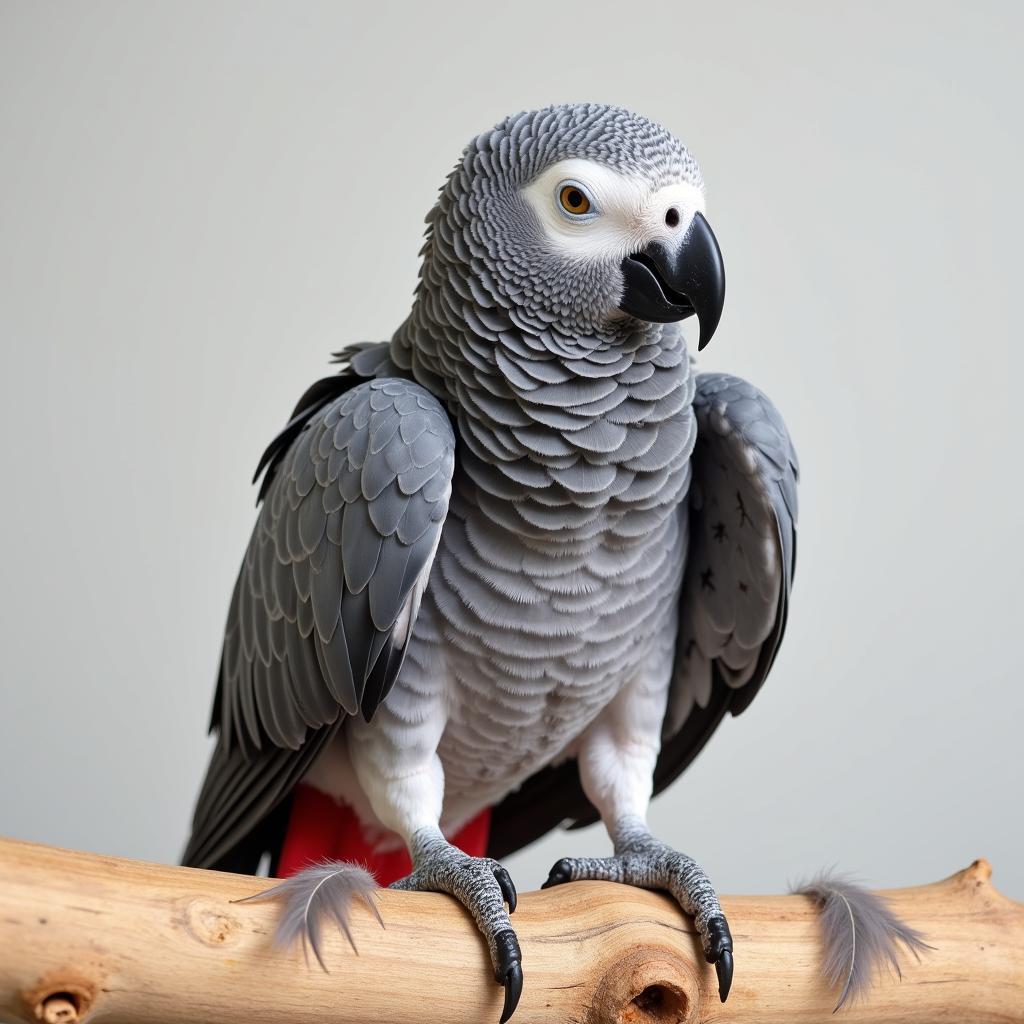African Chapati vs Indian: A Culinary Exploration
The world of flatbreads is vast and diverse, offering a delightful range of flavors and textures. Among the most popular are chapati, a staple in both African and Indian cuisine. While both share a similar appearance and basic ingredients, there are subtle nuances that set them apart. Let’s embark on a culinary exploration to understand the differences between African chapati and its Indian counterpart.
The Origins and Traditions
African Chapati:
Often referred to as “mkate wa chapati” in Swahili, this flatbread has a long history in East Africa, particularly in Kenya, Tanzania, and Uganda. It’s a versatile food that can be enjoyed as a breakfast staple, a side dish for lunch and dinner, or even used to wrap fillings for various savory snacks.
Indian Chapati:
Originating from the Indian subcontinent, chapati is an integral part of daily meals across the country. It’s traditionally made with whole wheat flour, water, and a pinch of salt. In India, it’s commonly enjoyed with curries, stews, and vegetables, forming the foundation of a balanced and flavorful meal.
Ingredients and Preparation
African Chapati:
African chapati typically uses a combination of whole wheat flour and maize flour, giving it a slightly yellow hue. The dough is kneaded with water, salt, and sometimes a small amount of cooking oil or ghee. It’s then rolled out into thin circles and cooked on a hot griddle until it develops a slightly puffy texture and golden brown spots.
Indian Chapati:
Indian chapati, on the other hand, relies solely on whole wheat flour. The dough is often kneaded with a little oil or ghee for a softer texture. The rolling and cooking techniques are similar to African chapati, but Indian chefs often prefer a slightly thinner and crispier flatbread.
Flavor and Texture
African Chapati:
African chapati tends to be slightly thicker and chewier than its Indian counterpart. It boasts a more robust flavor, thanks to the addition of maize flour and the use of local spices like turmeric or chili flakes.
Indian Chapati:
Indian chapati is known for its delicate, slightly sweet flavor and soft, pliable texture. It often absorbs the flavors of the accompanying dishes, making it a perfect vessel for curries and stews.
Variations and Regional Differences
African Chapati:
Across East Africa, chapati enjoys various regional variations. In Kenya, it’s often cooked with a small amount of sugar for a subtly sweet taste. In Tanzania, it’s sometimes filled with beans, lentils, or vegetables, creating a hearty and flavorful snack.
Indian Chapati:
From the northern states of Punjab and Haryana to the southern regions of Tamil Nadu and Kerala, Indian chapati undergoes regional modifications. In Punjab, it’s often cooked with a generous amount of ghee, resulting in a rich and buttery flavor. In South India, chapati is sometimes flattened into a thin pancake-like form called “roti” and enjoyed with spicy chutneys and curries.
Cultural Significance
African Chapati:
African chapati symbolizes communal eating and family gatherings. It’s a staple food that brings people together and is often shared during celebrations and special occasions.
Indian Chapati:
In India, chapati holds a prominent place in religious ceremonies and cultural traditions. It’s considered a sacred food and is often served during festivals and auspicious events.
Final Thoughts
The differences between African chapati and Indian chapati are subtle but significant. While they share a common origin and preparation techniques, the use of specific ingredients, cooking methods, and regional variations give each flatbread a unique character and flavor. Regardless of their origin, chapati remains a beloved and cherished food across Africa and the Indian subcontinent, embodying the rich culinary heritage of these regions.
FAQ
Q: What is the difference between chapati and roti?
A: Chapati and roti are often used interchangeably, but there are some differences. Chapati is thicker and more robust, while roti is thinner and more pancake-like.
Q: Are there any health benefits to eating chapati?
A: Yes, chapati is a good source of fiber and other essential nutrients. It’s a whole grain food that can be part of a balanced diet.
Q: How do I store chapati?
A: Chapati can be stored at room temperature for a few days. To keep it fresh, wrap it in plastic wrap or aluminum foil.
Q: Can I make chapati ahead of time?
A: Yes, you can make chapati ahead of time and store it in the refrigerator for up to 3 days.
Q: Are there any other flatbreads similar to chapati?
A: Yes, there are many other flatbreads similar to chapati, including parotta, naan, and tortilla.
Q: Is chapati gluten-free?
A: No, chapati is not gluten-free because it is made with wheat flour.
Q: What are some popular dishes that use chapati?
A: Chapati can be enjoyed with a wide variety of dishes, including curries, stews, vegetables, and chutneys.
Q: Where can I find chapati?
A: Chapati is widely available at Indian and African restaurants, grocery stores, and online retailers.



